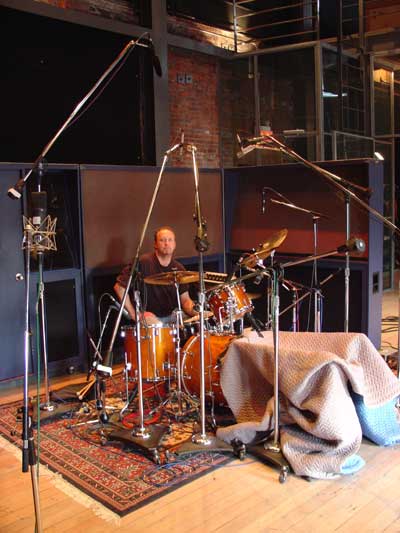Studio Drummer – Introduction to DAW Recording
DAW DRUMS AND EDITING
For those uninitiated in the term, DAW refers to ‘digital audio workstation’: the short-form terminology commonly used these days. Modern recording has moved almost entirely away from linear analog tape to computer-based systems of numerous varieties. Of course the most common, and considered by most to be the industry standard is Pro Tools. But there are many platforms these days, some of which are considered superior sonically to Pro Tools.
Platforms such as Radar and Saw for example are considered superior in sonic quality. There are many other fine platforms such as Logic Audio, Sonar, Cubase, Nuendo, Digital Performer and the list grows daily!
Having said what I have about platforms this is not intended to be a recording seminar and I’d advise you to dig deep into the many source materials that exist about recording platforms and techniques. If your intent is to also develop engineering capabilities so you can effectively record yourself, then again I would recommend separate studies in this area.
However it is good, as I will show, to have a general knowledge of platforms and the way that drum-editing takes place on these platforms as well as some of the pitfalls that can befall your performances along with the advantages that they create!
The move away from analog tape recording, as I’ve mentioned elsewhere is unfortunate for the modern day studio musician in general. What is unfortunate is that less than 15 years ago you as a session player you would be required to play an entire ‘take’ (terminology used meaning an entire pass of the piece of music.) There was no time shifting or repairing.
Stay tuned for more on DAW and home studio recording…






